Cheap zoom lenses have never had a great reputation. Especially in the Digital age, some budget zooms are considered a bit of a plague. Cheap, plasticky, and very poor optically. To many, a budget zoom is a small step above the kit lens and is forgotten from your kit similarly quickly. Given that reputation, many old, film-era zooms can be found for next to nothing. With this stated, it’s important to be clear that not all cheap lenses were originally budget lenses, especially some of these film era telephotos. In my case, I acquired, admittedly accidentally, a Vivitar Series 1 70-210 f3.5. I got the lens included with a K1000 and a few other lenses. The Vivitar Series 1 lenses were meant to be Vivitar’s premium lens offering, but due to the lack of a real market for older manual-focus zooms, have dropped to rock bottom prices. The stats of the lens reflect its position as being more premium. You may have noticed the constant f/3.5 aperture, or the all metal build to boot. This is where the difference between a lens that is now cheap, and an originally cheap lens is noticeable.

My copy is a circa 1981 example made by Tokina, discernible by the 37xxxx serial number as Vivitar sold a variety of lenses from other manufacturers. The differences between the various Vivitar 70-210 lenses are fairly easy to differentiate using the resources on PentaxForums. When I first got the lens, I didn’t do any of this research and was initially very skeptical. Nonetheless, I decided to try the lens out periodically as well as a no-name brand 2x teleconverter it came with. While I knew this teleconverter was never going to be an immaculately positive experience, the lens itself was actually quite a gem. It is surprisingly sharp, even wide open, and turns smoothly throughout the whole range. Also, while not really a macro lens as it may claim, the 1:4 reproduction is still relatively close, and pretty fun to work with.
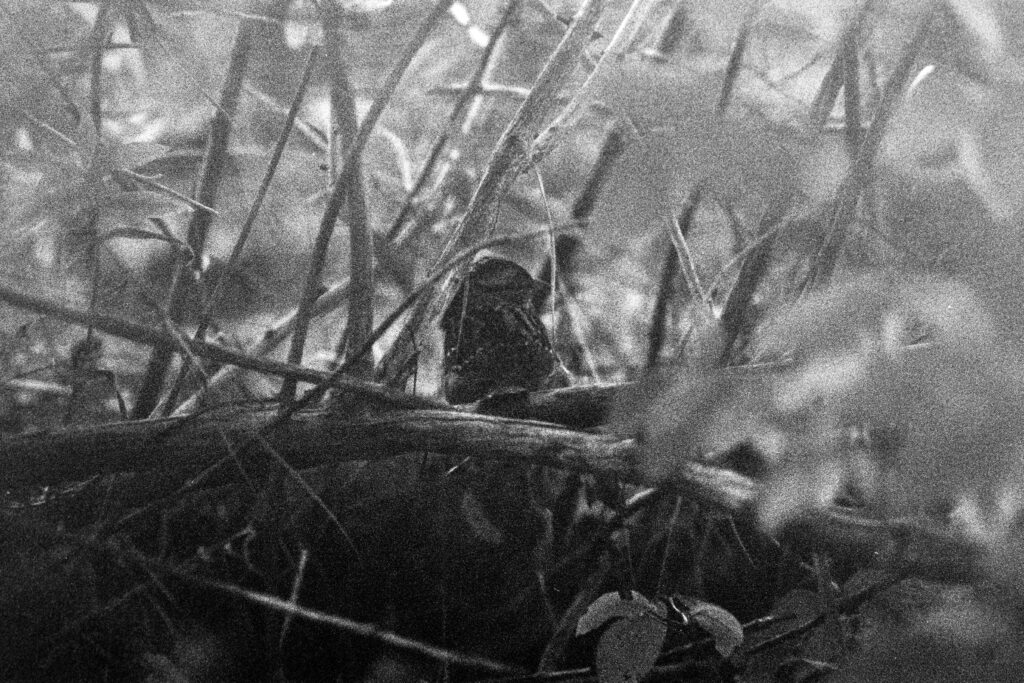
After not using the lens for several months, I decided to take it back out recently for a hike with my campus’s photography club, also bringing a 19mm f/3.8 Vivitar Lens. Having two ends of either extreme for focal lengths, (for a photographer that is used to the 28-50 range,) was a struggle, but nonetheless a fun creative challenge. The ultrawide 19mm allowed much more creative use of foreground and leading lines while the 70-210 made me hone in more tightly on scenes and shapes down below.
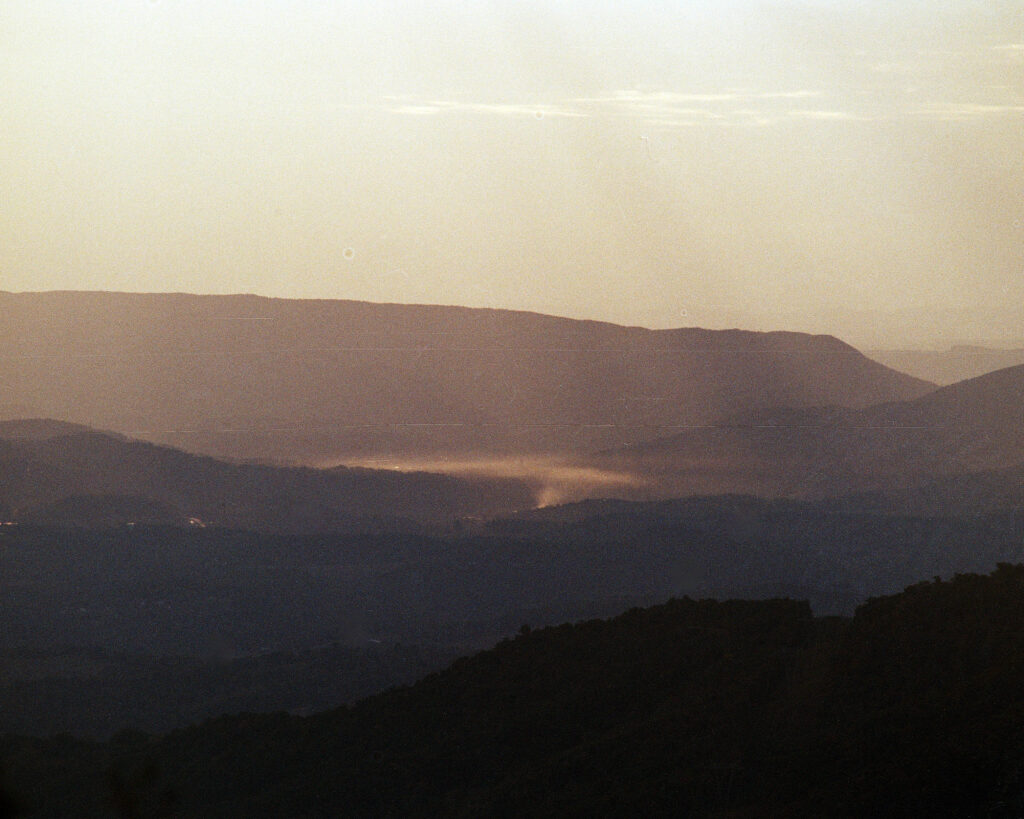
As you can see, the lens does have slight flaring shooting towards the sun, but it really isn’t bad at all, especially for such an older optic. I’m not going to lie, focusing was not always ideal with the push-pull zoom as while the lens as a whole is fairly well damped, the focusing ring can leave a little to the imagination, especially when trying to maintain your focal length. I will say, at the same size as my Canon EF 200mm 2.8 prime lens, the half-ish stop slower 70-210 was much less of a nuisance to carry than a larger, more modern, and autofocus lens of similar specs.
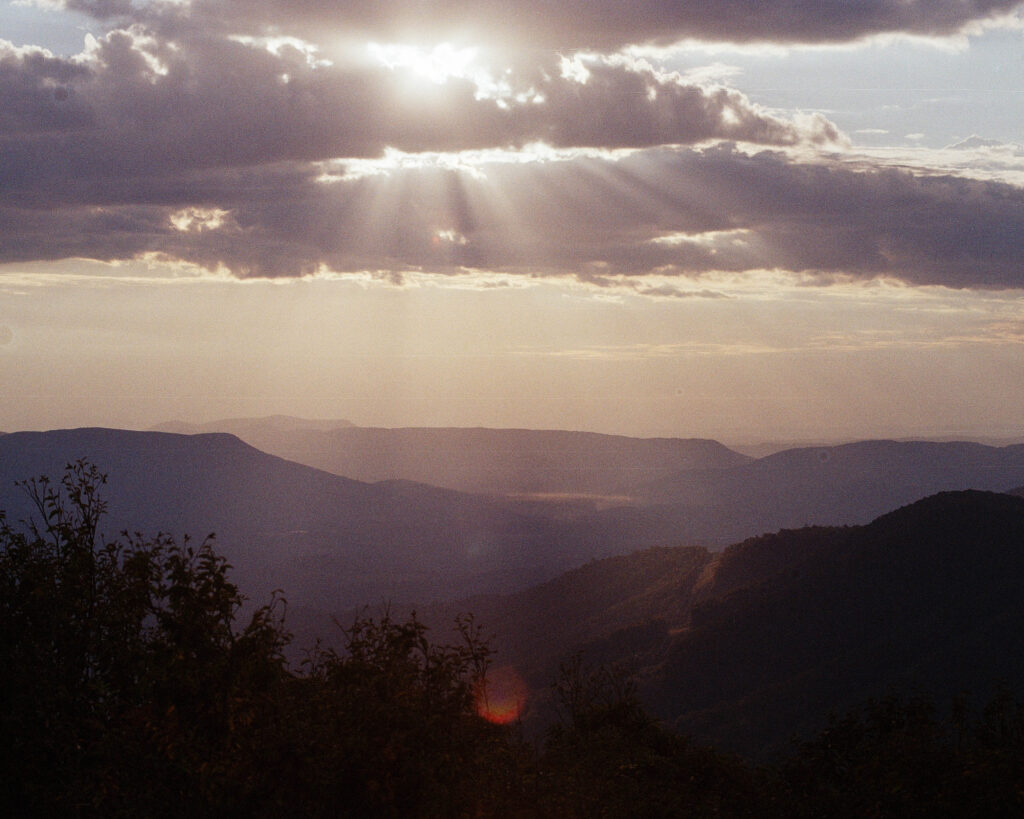
Overall, while not a lens I’ll ever use in my day to day, it is great for the occasional experimenting or scenic view overlook. It’s also not a lens I feel bad about owning as there really is no reason not to own it. It’s sharp, fairly small for what it is, and I couldn’t sell it for much more than pennies even if I wanted to. It’s also plenty of fun for when I do decide to lug it around.
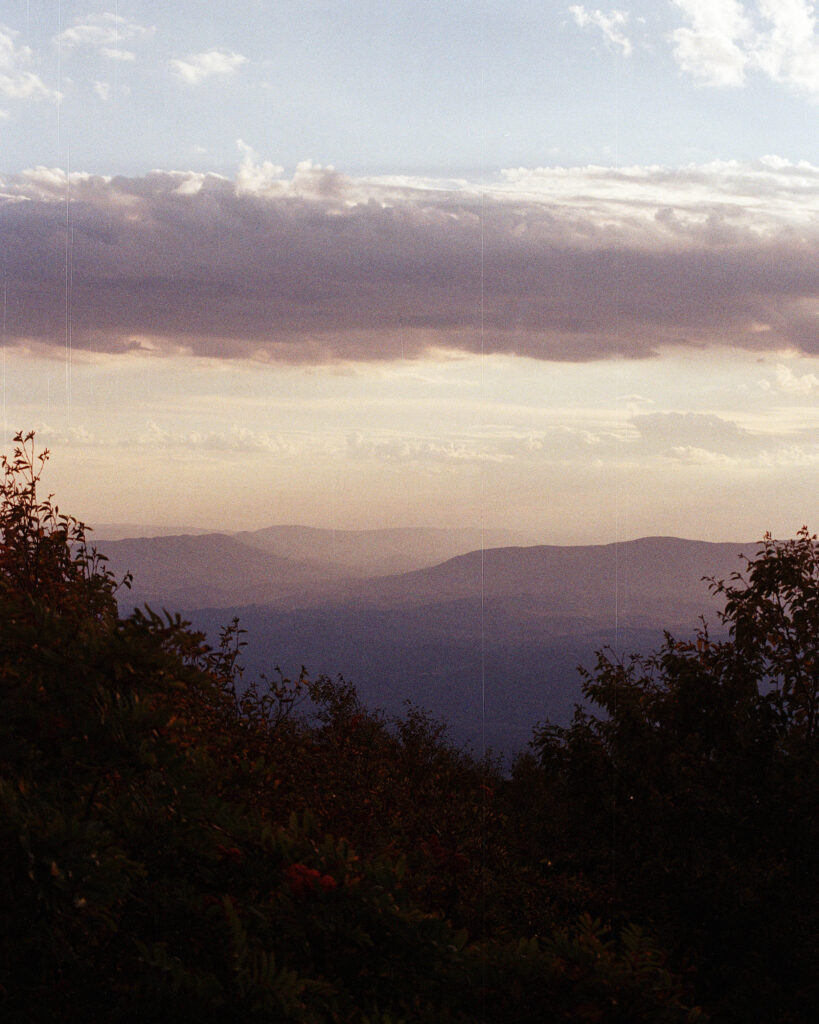
If you want to check out more of my photography, check out my Instagram!
Share this post:
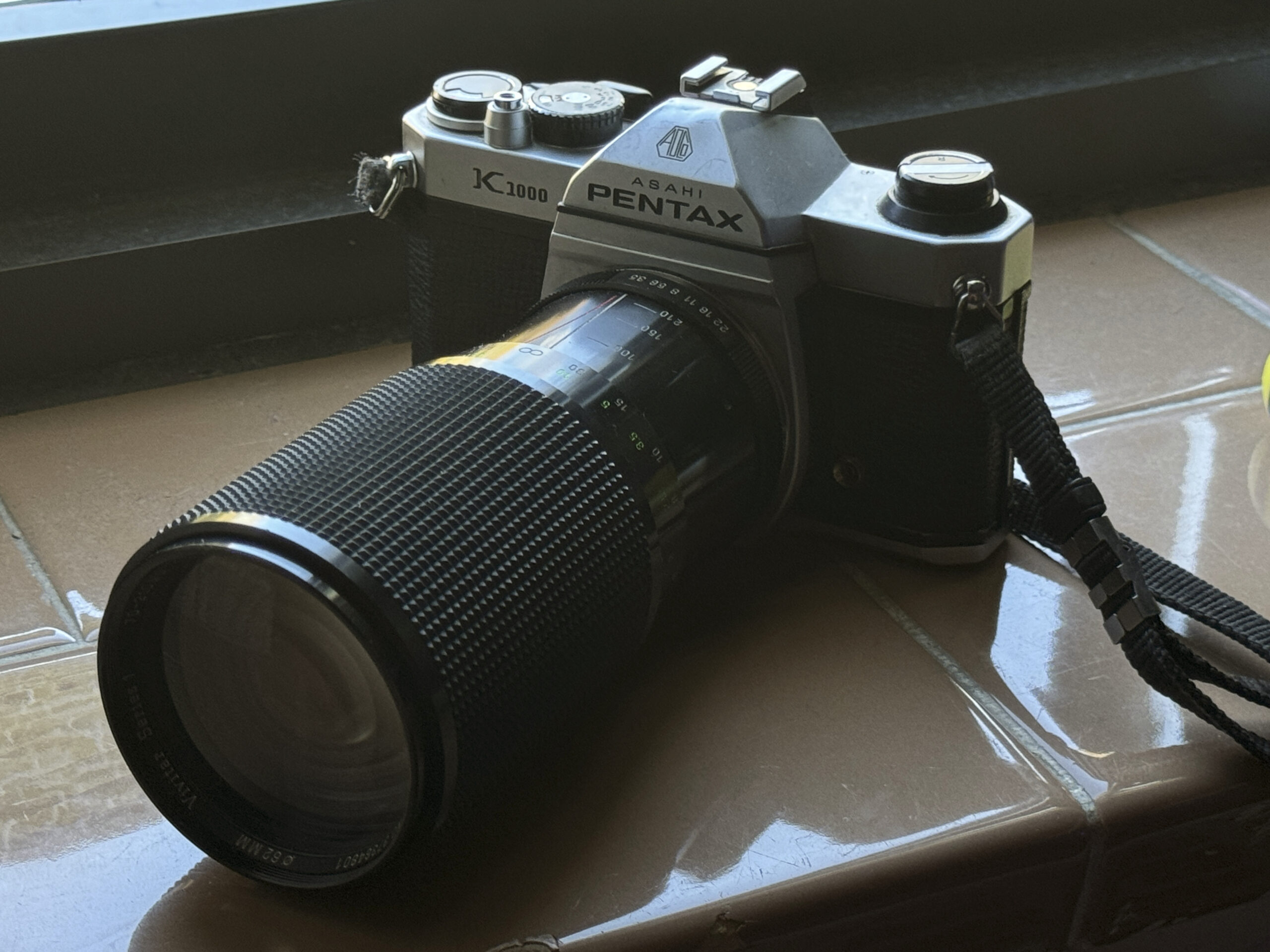








Comments
Jeffery Luhn on 5 Frames with a Vivitar 70-210 f/3.5
Comment posted: 25/11/2024
Hmmm, I bought that Vivitar zoom for my Nikon when it first came out and abandoned it in favor of primes. I have a few of them now, because they've been donated to the school. I'll shot a lens chart and see if they are worth using. Thanks for sharing.
Jeffery
Steviemac on 5 Frames with a Vivitar 70-210 f/3.5
Comment posted: 26/11/2024
I'd also add the unloved 135mm and 200mm primes made by companies other than Nikon, Pentax, Canon et al. A particular favourite is a 135mm f2.8 by Hanimex which is ok wide open, good by f4 and excellent at f8. It cost me around £8 a year ago.
Unless the aim is to produce professional images suitable for print publication, most would be hard pressed to really notice the difference, and who wants to be continually enlarging an image in an attempt to discover it's flaws? Quite a few people I suppose.
Comment posted: 26/11/2024
Russell Rosener on 5 Frames with a Vivitar 70-210 f/3.5
Comment posted: 28/11/2024
Hope to see more posts like this soon. I bet this particular zoom is a fantastic portrait lens as well.
Comment posted: 28/11/2024